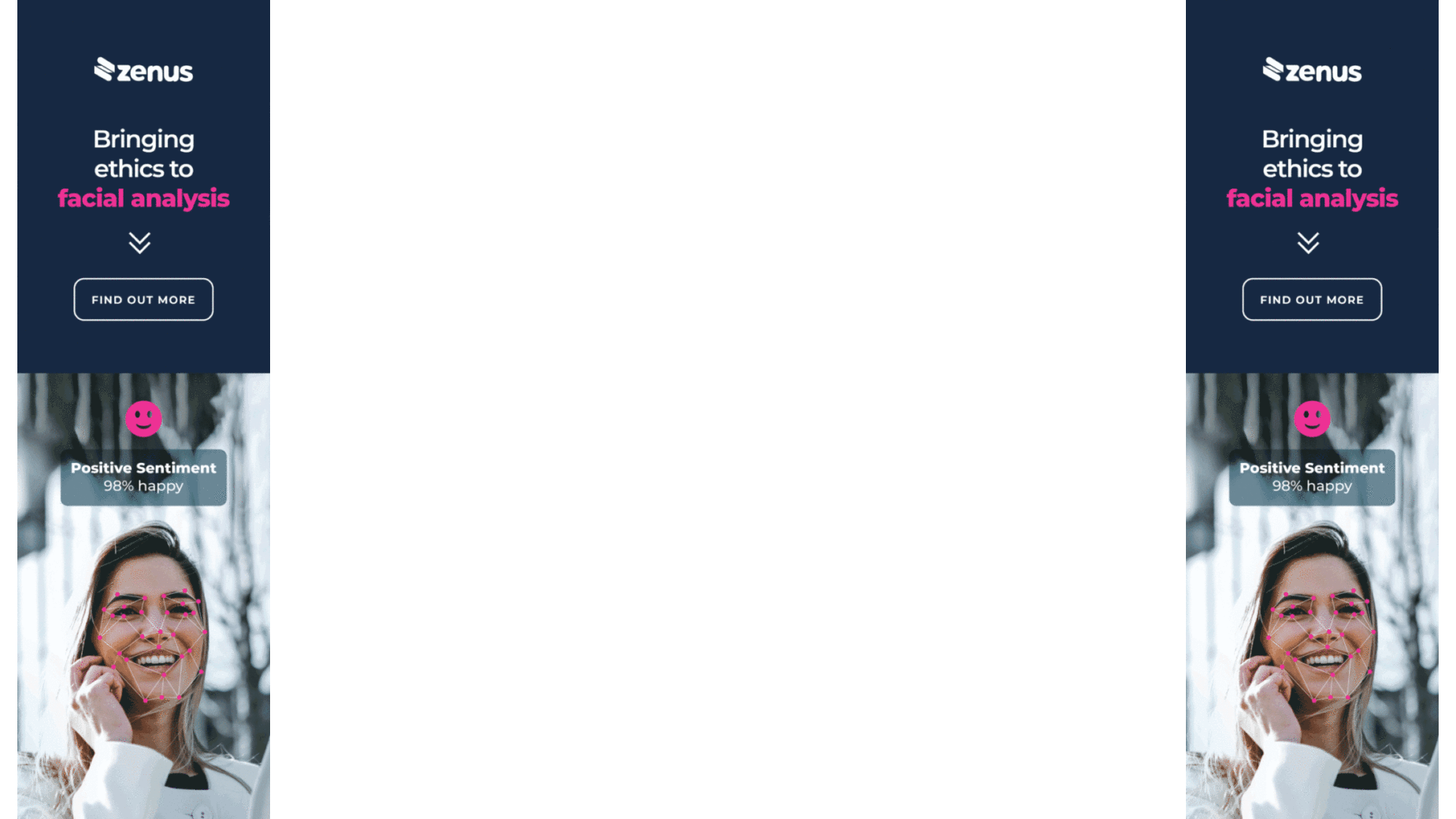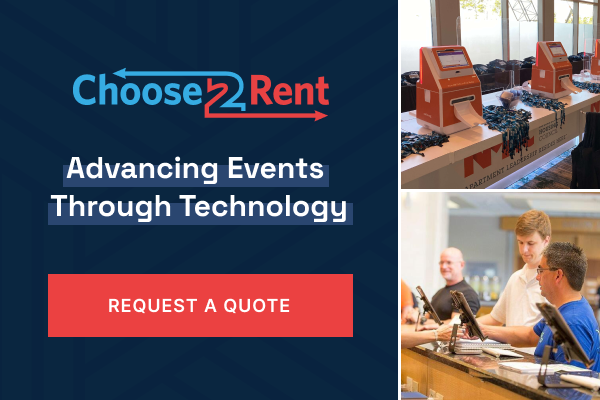By Chris Federspiel, CEO of Blackthorn.io
As in-person events have shifted to virtual due to safety protocols and stay-at-home orders, the events industry has witnessed massive changes over the last two years. Despite the significant impact of COVID-19 on the industry, the demand for events is still expected to increase. In 2019, the events market was valued at $1.14 trillion, and it’s estimated to reach $1.55 trillion by 2028. With the space continuing to grow, organizations are utilizing event software to create the best experience for their attendees, regardless of format.
Given the industry’s transformation, event management strategies have relied heavily on technology to provide greater productivity and efficiency. Tools that capture and report event metrics are essential for organizations to measure and evaluate the success of their events. Teams must be able to utilize technology that captures data to advance their event management strategies.
To help event managers track successful events while implementing new technology and tools, here are threeevent metrics technology should capture and their impact.
- Audience Engagement
Data accessibility and collection are vital for events. A registration form helps direct attendees to important information and keeps them engaged throughout the event. Before the event, teams can instantly communicate updates and schedule changes with SMS and email reminders and continue engagement through post-event communication, such as recordings and surveys. These updates and valuable information can be easily shared with access to participants’ email addresses or phone numbers.
Hybrid events allow virtual attendees to engage with those in-person through live questions or comments. Critical engagement and interactions to track include:
- Polls and Q&As sent out during the event
- Attendee participation in breakout sessions
- Attendee interactions with event updates and schedule changes
- Post-event follow up surveys
These interactions provide organizations with valuable engagement insights to improve future events and marketing campaigns. Utilizing the data and interactions from an event helps shape and inform future event strategies, allowing organizations to create a better audience experience.
- Audience Demographics
With proper data collection, event managers have insight into vital attendee information. Metrics such as attendee job titles, industries, and the number of people in attendance can direct and inform future initiatives and tailor ongoing communication. For example, suppose a registrant is asked to select a specific interest during registration. Organizations can use the data from that interest to automatically add the registrant to relevant marketing paths, which strengthens the customer experience.
Collecting attendee job role information will reveal the assortment of attendee experiences, and organizations can tailor breakout sessions based on roles. For example, a VP of Marketing will value big picture strategies versus an account executive who will likely be more interested in a tactical approach. Organizations can create breakout rooms based on job roles to meet participants’ needs.
- Event Goals
We know events aren’t measured by how fun they are; event success is measured by their impact on an organization’s goals. A typical complaint is, “Every year, we put money towards events, but we can’t pinpoint any metrics or data to confirm assumptions. We can’t leverage metrics for sales and marketing objectives.” Why does this happen? It happens when event managers can’t turn data into meaningful insights for driving revenue and powering marketing campaigns.
Management expects managers to show a return on investment, and effective data collection can provide the necessary tools. Every event should have a trackable goal. For example, suppose an event goal is to upsell X number of customers or have X number of customers sign up for a newsletter. In that case, your event technology should not only have an option to upgrade or receive the newsletter, but it should also record the number of customers who upgrade or sign up for the newsletter and make that information easily accessible.
In this new era of events, the technologies, tools, and strategies organizations use to ensure the success of their events must evolve. Organizations can guarantee their events will thrive by collecting necessary data on audience engagement, attendee demographics and event goals. Prioritizing and ensuring the right metrics are being captured will best equip event managers to successfully execute their next event and reach their goals.
Despite previous upheaval and uncertainty in the events industry, event managers can proactively take measures for future success. The organizations that fully understand their new event technology and the metrics technology will thrive during the expected growth in the events industry.
About the Author
Chris Federspiel began his career at a young age, coding websites in middle school, followed by Perl and CGI scripts in high school. He later moved into sales and marketing for Internet Creations and Silverline. His entrepreneurial spirit led him to co-found Plative as a Salesforce Systems Integrator (SI), followed by Brainiac. Chris’s latest venture, Blackthorn.io, was established in 2015 and has seen exponential growth and success since then, having received multiple Salesforce.org Partner of the Year awards. Under Chris’s leadership, his dedicated teams have worked relentlessly to earn Blackthorn Events the honor of being one of the highest-rated events apps on the Salesforce AppExchange. Blackthorn Payments provides the deepest integration with Stripe, along with multiple gateways and payment methods.










